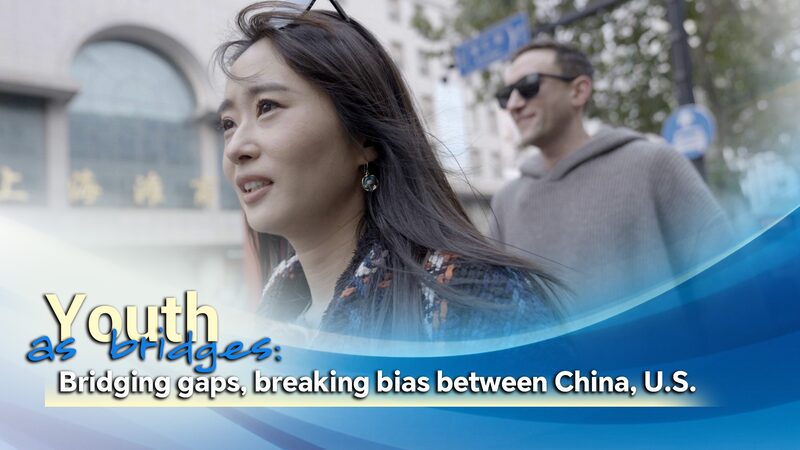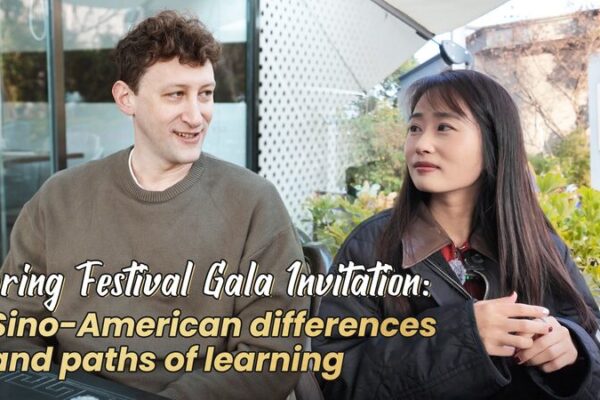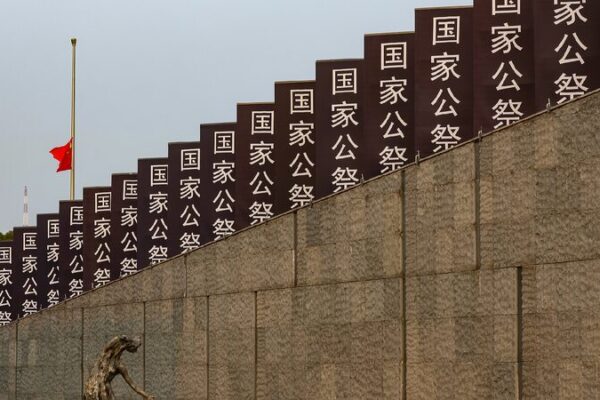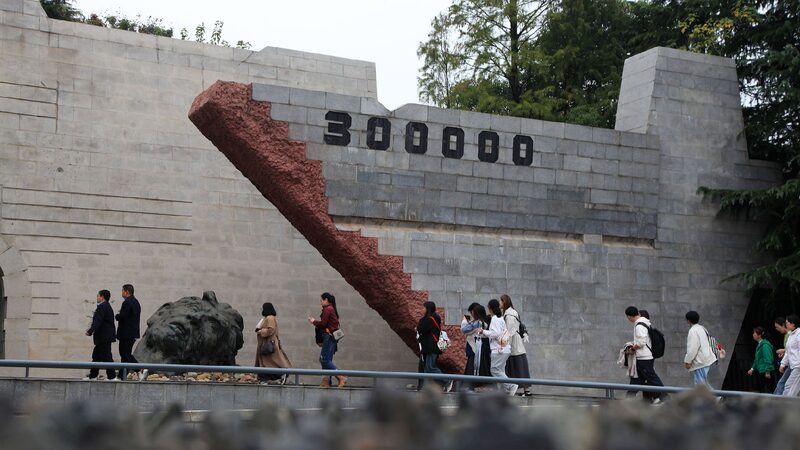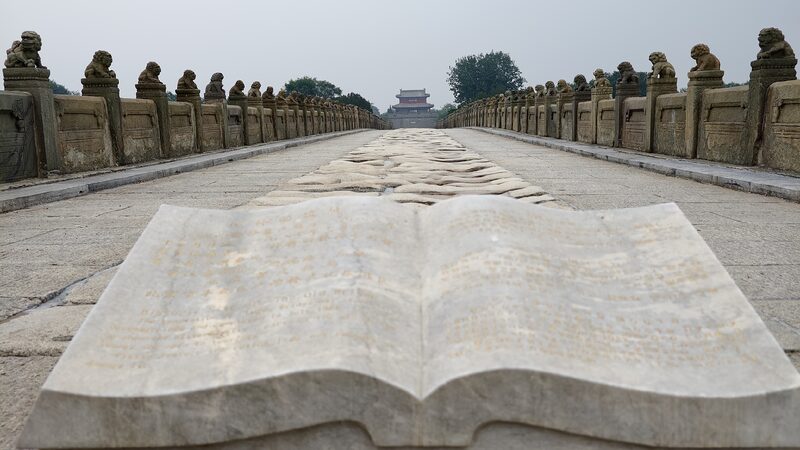An American social media influencer is fostering understanding between the United States and the Chinese mainland after an unexpected discovery propelled him into the spotlight. Evan Kail, known online as Pawn Man, runs a coins and collectibles shop in Minnesota. Two years ago, he found a World War II-era photo album documenting Japan’s invasion of China, a relic that would change his life.
When Kail posted a video about the album on TikTok, it garnered worldwide attention, sparking discussions and debates. Initially hailed as a hero for uncovering unseen evidence of the Nanjing Massacre—an event in 1937 that some historians have dubbed a ‘forgotten holocaust’—he soon faced backlash. Accusations of hoaxing and exploiting a war crime for fame swirled around him.
Determined to set things right, Kail donated the album to the consulate general of China in Chicago. In appreciation, he received state porcelain, making him one of only three individuals to receive such a national gift, alongside Henry Norman Bethune and John Rabe.
In November 2024, Kail decided to experience the Chinese mainland firsthand. Visiting cities like Beijing, Tianjin, Shanghai, Hangzhou, and Harbin, he immersed himself in the culture and daily lives of Chinese people. Upon his arrival in Beijing, he was met with an overwhelming reception. “Crowds recognize me on the street, and I can barely go anywhere without being stopped for photos and praise,” he remarked.
Throughout his journey, Kail engaged with Chinese youth, sharing experiences and breaking down misconceptions. “The biggest thing that I expected, that I found wasn’t true, was what the media sold me, the Western media, in terms of a lens,” he said. He discovered that many portrayals of China in Western media did not match the reality he witnessed.
“This is a country with its own unique culture and way of life, one that I’ve come to appreciate deeply,” Kail noted. He challenged misconceptions such as the so-called “Social Credit System,” calling it a fabrication. “People aren’t living in fear of being jailed for every word they speak,” he added.
Kail also highlighted the role of media in shaping public opinion. After his donation of the photo album, he expected media attention similar to when he first posted about it. However, the Western media remained silent. “The story of the donation and the diplomatic porcelain gift was a top news story in China, but not a single Western outlet reached out to me,” he said.
He believes that negative and sensationalist reporting contributes to misunderstandings between the two nations. “When was the last time a genuinely positive, nuanced story about China made major headlines in the West? Not often enough,” Kail observed.
Kail’s mission has become clear: to bridge the gap between U.S. and Chinese youth through peace and understanding. “If the U.S. and China worked together—truly cooperated—the world would be a much better place. But for that to happen, the media narrative needs to change,” he emphasized.
Promoting cross-cultural communication among young people is vital in today’s globalized world. Kail’s journey underscores the impact individuals can have in challenging biases and fostering mutual respect. As he continues his efforts, he hopes more will join in bridging the divide, one conversation at a time.
Reference(s):
Youth as a link: Bridging gaps, breaking bias between China, U.S.
cgtn.com
